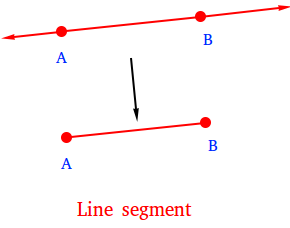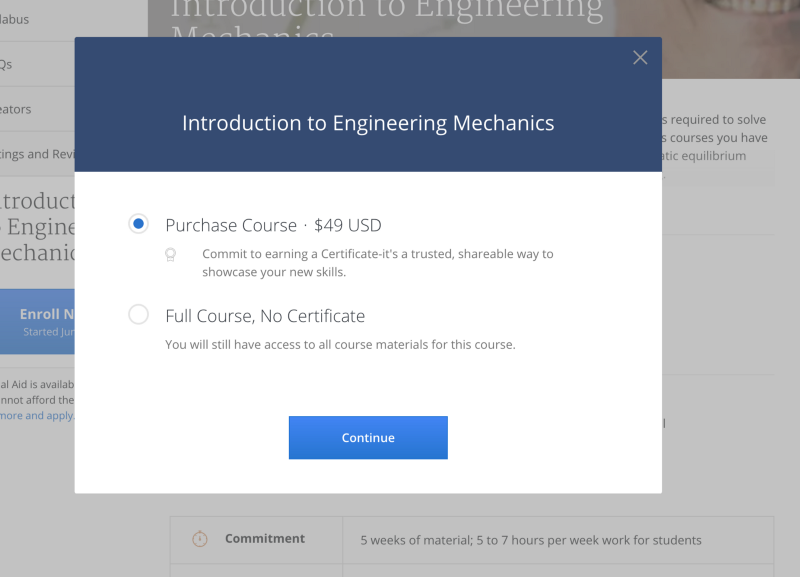
You have many options for becoming a secondary teacher. You can either be a generalist or specialize in a particular subject. Secondary school teachers work with students in grades seven through twelve. This career path requires a Bachelor's degree as well as experience in the classroom. A license is an additional requirement. These are some of the most commonly required requirements for secondary school teachers. Continue reading to find out more. Here are the benefits to becoming a secondary school teacher.
Postgraduate certificate in education (PGCE)
Whether you want to teach secondary school children or work as a special educational needs teacher, a PGCE in education can help you achieve your goals. During the nine-month course, you'll learn about teaching theory, how to manage classroom behaviour, and relevant educational issues. You'll spend about two-thirds your time on the placement. This will allow you to immerse yourself in school life while learning about research-informed teaching methods.

Bachelor's degree
Secondary education is a degree that school districts require to be able to teach students in grades 6-12. This program can be completed within four years. To ensure you are qualified to teach in a school district, you must first complete a few courses to determine what qualifications you need for the position. You must then decide what type of program to pursue. Some of these programs are completely online, while others require classroom observations.
Experience in classroom
Throughout the study, students reported experiencing the presence of teachers in their classes. This presence was described by students as either challenging or pleasant depending on the circumstances. But the students felt that it was valuable and meaningful for their understanding of the subject matter. Experiences of presence were also common to classroom interaction - a sense of belonging, connection with peers, and working together as a team. Students compared their experiences with the teachers and students.
License requirements
A Master's Degree in Education is the best way to become a secondary teacher. An MA in Curriculum, Teaching and Professional Certification offers the experience and education required to become an accredited teacher. This program includes core courses in pedagogy and curriculum. It also provides an analysis of the disciplinary basis of school subjects. It prepares graduates to teach specific subjects. This article will cover the requirements of a MA in Curriculum & Teaching with Professional Certification.

Salary
Secondary school teachers generally work in middle or high schools. Teachers must be able manage large groups of students and give lessons. They are responsible for shaping students' personality and behaviour. An average secondary school teacher earns between $50,790 - $112,140 per annum. However, salaries are subject to fluctuation and may vary widely. These are just a few of the factors that determine the salary for secondary school teachers.
FAQ
What is a vocational college?
Vocational school programs are designed to prepare individuals for specific jobs. They can also offer training in specific skills and general education.
Vocational education is an essential part of our society as it helps young people acquire the skills necessary to succeed in their lives. It provides high-quality learning opportunities for all students.
A vocational school gives its students many options. This includes certificates, diplomas/degrees, apprenticeships, certificates as well college transfer programs and other postsecondary credentials. Vocational school students learn both academic subjects and more practical subjects like math, science, English or social studies.
What is a trade school?
Trade schools are an alternative way for people without success at traditional higher education institutions to earn a degree. They offer career-oriented programs that help students get prepared for specific careers. These programs usually require two years of coursework. Students who enroll in them then move on to a paid apprenticeship program. Here they learn a job skill, and also receive training. Trade schools can be vocational schools, technical colleges or community colleges. Some trade schools also offer associate degree programs.
What is the difference between public and private schools?
All students have access to public schools at no cost. They provide education for students from kindergarten through highschool. Tuition fees are charged by private schools for each student. They offer education from preschool through college.
There are charter schools that are both privately operated and publicly funded. Charter schools are not bound by traditional curricula. They give students more freedom and allow them to pursue their interests.
Charter schools are popular among parents who believe their children should have access to quality education regardless of financial status.
How do I select my major?
Students choose their majors by their interests. Some students prefer to choose a subject they like because it's easier than other subjects. Some people want to work in a field that has no job opportunities. Others are motivated to make a living while studying a major. No matter your reasons for choosing a major, you should consider the type of job that you might be interested in after you graduate.
There are many ways you can find out more about different areas of study. Talk to your family and friends about their experiences. Read magazines and newspapers to see if there are any careers listed. Ask your guidance counselors at your high school for information about possible careers. Visit your community center or library to find out more about Career Services. You can borrow books about various topics from the public library. Search the Internet for specific career-related websites.
What do you need to become a teacher in early childhood?
It is important to decide whether you want to enter early childhood education. You will need to earn your bachelor's degree if you decide to pursue a career in early childhood education. In some states, students must have a masters degree.
You will also likely need to attend classes during the summer months. These courses cover topics such as pedagogy (the art of teaching) and curriculum development.
Many colleges offer associate degrees which lead to teaching certificates.
While some schools offer certificates or bachelor's degrees in early childhood education, others only offer diplomas.
There may not be any need for additional training if your goal is to teach from home.
What is early education for children?
Early Childhood Education is a field devoted to helping children develop into healthy, happy adults. This includes teaching children how to read and preparing them for kindergarten.
Early childhood education aims to help children learn and grow through age-appropriate experiences.
Early childhood educators are often called upon to assess the developmental needs of each child they come across. This assessment is used to determine if a specific program would be beneficial for each child.
Parents can also interact with teachers and other professionals with experience with young children through early childhood programs.
Early childhood education also requires parents to play a significant role. They need to know how best to care for their children.
Parents can also join activities to teach their children skills that will be useful throughout their lives.
Although the term preschool education is often used to refer to early childhood education, it can also be used interchangeably for daycare centers. Prekindergarten education begins at three years of age, but early childhood education can begin around three.
Statistics
- These institutions can vary according to different contexts.[83] (en.wikipedia.org)
- Among STEM majors, that number is 83.5 percent. (bostonreview.net)
- In most developed countries, a high proportion of the population (up to 50%) now enters higher education at some time in their lives. (en.wikipedia.org)
- They are also 25% more likely to graduate from high school and have higher math and reading scores, with fewer behavioral problems,” according to research at the University of Tennessee. (habitatbroward.org)
- And, within ten years of graduation, 44.1 percent of 1993 humanities graduates had written to public officials, compared to 30.1 percent of STEM majors. (bostonreview.net)
External Links
How To
What is vocational training?
Vocational education is an educational program that prepares students to work after high school and college. It teaches them specific skills for specific jobs (such as welding). It includes training on the job in apprenticeship programs. Vocational education differs from general education because it focuses on preparing individuals for specific careers rather than learning broad knowledge for future use. Vocational training is not designed to prepare individuals for university but rather to assist them in finding jobs upon graduation.
Vocational education could be offered at all levels, including primary schools, secondary school, colleges and universities, technical schools, trade schools as well community colleges, junior college, and four-year schools. You can also find specialized schools such a culinary arts school, nursing school, law school, medical schools or dental schools. Many of these offer both academic instruction, and practical experience.
A number of countries have made significant investments in vocational education over recent decades; for example, Australia, Denmark, Finland, Germany, Ireland, Japan, Luxembourg, New Zealand, Norway, Poland, Sweden, Switzerland, the United Kingdom, and the United States. The effectiveness of vocational training is still a controversial topic. Some critics believe it doesn't help students get hired, while others claim that it helps prepare them for life after high school.
According to the U.S. Bureau of Labor Statistics, 47% of Americans have a degree or certificate related to their current occupation. This is a higher percentage among those who have more education. 71% are currently employed in fields that require postsecondary qualifications.
According to the BLS in 2012, almost half of Americans had at the least one type of postsecondary credential. Around one-third of Americans hold a two or four-year associate degree. One fifth of Americans had a masters degree or doctorate.
The median annual salary for people with a bachelor's was $50,000. This compares to $23,800 for those who don't have a degree. The median income for those with advanced degrees was $81,300.
The median wage for those who didn't complete high school was $15,200. A person with a lower high school diploma earned $13,000 annually.